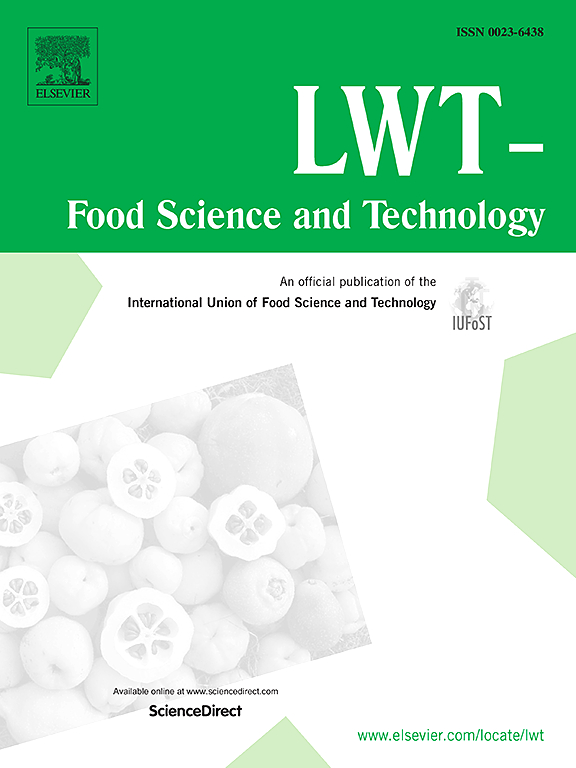Handling practices and microbiological assessment of wooden and plastic cutting boards in domestic kitchens
IF 6
1区 农林科学
Q1 FOOD SCIENCE & TECHNOLOGY
引用次数: 0
Abstract
This study assessed the handling practices and microbiological characteristics of wooden and plastic cutting boards in households in a Brazilian city. A total of 100 boards were collected, along with a survey on their use. Bacteria were extracted from circular fragments (4.4 cm diameter) through sonication and analyzed for aerobic mesophilic bacteria, Enterobacteriaceae, Pseudomonas spp., Listeria monocytogenes, and Escherichia coli. Bacterial counts were expressed in log CFU/cm2, and pathogen presence was recorded. A 2.2 cm fragment was also examined via scanning electron microscopy. Survey results showed that 87% of food handlers used the same board for all foods, and 75% had used their board for over two years. Plastic boards had higher counts of aerobic mesophilic bacteria and Enterobacteriaceae (p < 0.05). However, newer wooden boards also showed high bacterial counts (p < 0.05). L. monocytogenes was detected in 3% of samples, and E. coli in 5%, with no significant differences between materials. These findings highlight cutting boards as potential cross-contamination sources and emphasize the presence of L. monocytogenes. Proper handling practices are essential to reducing contamination risks, especially in households.
求助全文
约1分钟内获得全文
求助全文
来源期刊

LWT - Food Science and Technology
工程技术-食品科技
CiteScore
11.80
自引率
6.70%
发文量
1724
审稿时长
65 days
期刊介绍:
LWT - Food Science and Technology is an international journal that publishes innovative papers in the fields of food chemistry, biochemistry, microbiology, technology and nutrition. The work described should be innovative either in the approach or in the methods used. The significance of the results either for the science community or for the food industry must also be specified. Contributions written in English are welcomed in the form of review articles, short reviews, research papers, and research notes. Papers featuring animal trials and cell cultures are outside the scope of the journal and will not be considered for publication.
 求助内容:
求助内容: 应助结果提醒方式:
应助结果提醒方式:


